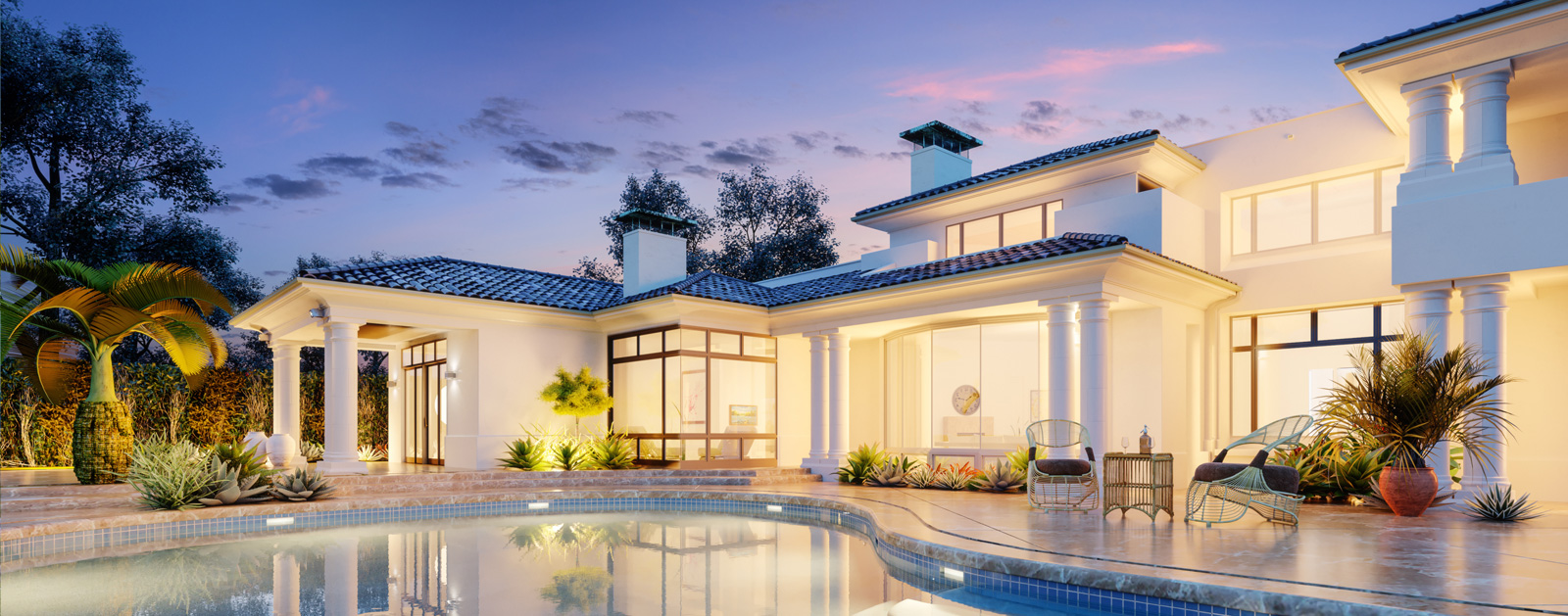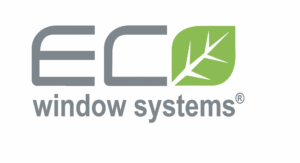Windows play a vital role in dictating the functionality and the aesthetics of a building. While we often think of them primarily in terms of the primary practical purpose of delivering views to the outdoors and providing ventilation, windows come in many shapes and styles—each with its own unique features and benefits.
In this article, we will explore five common window types:
- Single hung
- Horizontal rolling
- Fixed
- Casement
- Project-out/awning
Understanding the differences, advantages, and the best uses for each style of window can help you make the most informed decision when selecting windows for your residential or commercial property.
1. Single Hung Windows
Found in many homes, single hung windows are a classic and popular window style. They consist of two sashes: an operable bottom sash that slides up and down and a fixed top sash.
Key features and benefits of single hung windows
- Energy efficiency. Because single hung windows fit snugly into their frames, they offer good insulation with limited air leakage. In addition to reducing energy costs, they also help maintain comfortable indoor environments.
- Traditional aesthetics. While single hung windows offer a timeless, traditional aesthetic ideal for homeowners looking to preserve the authenticity of their older homes, they’re also suitable for a breadth and depth of architectural styles.
- Ease of maintenance. Thanks to fewer moving parts, single hung windows are generally low-maintenance and easy to clean and care for.
Best uses for single hung windows
Single hung windows are ideal in areas where ventilation is desired without sacrificing the overall aesthetics of the space. They’re often found in bedrooms, living rooms, and many other rooms.
2. Horizontal Rolling Windows
Also known as sliding windows, horizontal rolling windows are similar in functionality to sliding glass doors. Featuring one or more sashes that slide horizontally on tracks, they’re known for their clean and sleek aesthetic.
Key features of horizontal rolling windows
- Unobstructed views and abundant natural light. Horizontal rolling windows feature expansive panes of glass offering uninterrupted views of your surroundings and ample natural light and airflow.
- Simple, convenient, and space-saving design. Because they slide effortlessly side to side, horizontal rolling windows do not protrude when opened. This makes them ideal for areas with limited space, as well as for difficult to access spots, like above sinks. At the same time, horizontal rolling windows are also convenient because they offer a wide opening.
- Versatility. Horizontal rolling windows are available in a range of sizes and can be installed in a variety of custom configurations thereby allowing for design flexibility. And while they’re ideal for modern and contemporary spaces, they’re also suitable for other interior design styles.
- Energy efficiency. Few moving parts and simple functionality allow for excellent energy efficiency and less drafty spaces.
Best uses for horizontal rolling windows
Horizontal rolling windows are often installed in living rooms, dining areas, and rooms with patios, balconies, and other access points with wide openings. They’re also wonderful in rooms where you’d like to showcase views, keep watch over your yard, observe the changing of the seasons, or add curb appeal.
3. Fixed Windows
Fixed windows are non-operable windows. They’re also called picture windows because of their ability to “frame” a view. Because fixed windows don’t open or close, they’re not suitable on their own in spaces where ventilation is desired. However, they can be used in combination with other window styles, such as casement and awning windows, to achieve a best-of-both-worlds configuration.
Key features of fixed windows
- Enhanced energy efficiency. Because they don’t open and close, fixed windows have no moving parts. As such, they’re in a class of their own in terms of insulation and energy efficiency.
- Architectural appeal. Fixed windows are perfect for highlighting picturesque views, architectural details, and other features.
- Minimal maintenance. Since they don’t have operable components, fixed windows are subject to minimal wear and tear. Aside from occasionally cleaning the glass and frame, they require little maintenance.
- Abundant natural light and views. Because they consist of a single screenless pane of glass, fixed windows allow plenty of gorgeous natural light to flood into a room as well as a beautiful vantage point from which to observe your surroundings. This can also have the added effect of making a room feel more open and spacious. (If you prefer a more classic look, grilles can be added to picture windows for character.)
Best uses for fixed windows
Fixed windows are appropriate for areas where ventilation is not a priority, such as stairwells and in rooms with high ceilings. They’re also excellent additions to interiors where natural light is essential, as well as for spaces with alluring views.
4. Casement Windows
Similar in functionality to a swing door, casement windows are hinged on one side and swing open outward via a crank mechanism. Popular in traditional and contemporary style interiors, they allow for excellent and versatile ventilation.
Key features of casement windows
- Maximal ventilation. When fully opened, casement windows provide maximum airflow. welcoming fresh air to circulate throughout a space. They can also be adjusted, depending on the amount of air you want to let into the room.
- Enhanced security. Embedded locks within the frame make casement windows highly secure when closed and locked.
- Easy cleaning, care, and maintenance. With casement windows, the entire pane can be accessed from inside the building for easy and thorough cleanings.
- Energy efficiency. When closed, casement windows form an energy-saving tight seal.
Best uses for casement windows
Casement windows are a smart choice for kitchens, bathrooms, and other areas where efficient ventilation and unobstructed views are desired.
5. Project-Out/Awning Windows
Also known as awning windows, project-out windows deliver on their name. Hinged at the top, project-out windows open outward and up from the bottom to create a projection or “awning” effect. (In this sense, they function like casement windows, except that they open from the bottom, not the side.) While non-conventional in appearance, awning windows are suitable for many interior design styles.
Key features of project-out windows
- Weather protection. When opened, project-out/awning windows act like an awning, allowing for ventilation while simultaneously preventing rain from coming inside.
- Adjustable ventilation. Awning windows can be opened partially to allow a specific amount of airflow.
- Versatile placement: Because of their design, awning windows can be installed higher on walls or over other windows to maximize natural light and privacy.
- Energy efficiency. Like casement windows, project-out windows are very effective at closing off your home from heat loss and heat gain.
Best uses for project-out windows
Project-out windows are suitable for bathrooms, bedrooms, and other areas where privacy and controlled ventilation are important. They’re also a smart choice if you live in an area with inclement weather and still want to embrace natural ventilation.
Choosing the Right Window Style
While these five window styles differ in terms of appearance, functionality, key features, and best uses, they do have several commonalities—including the ability to impact the aesthetics, functionality, and overall comfort of your space.
They’re also all available in a range of window shapes, sizes, colors, materials, including sleek and durable aluminum.
Finally, all of these window styles are available in high-quality, impact resistant designs offering new levels of everything from security to efficiency.
The takeaway? Whichever window shape, type, size, and style you choose, you’re sure to find an option that complements and elevates your home.

